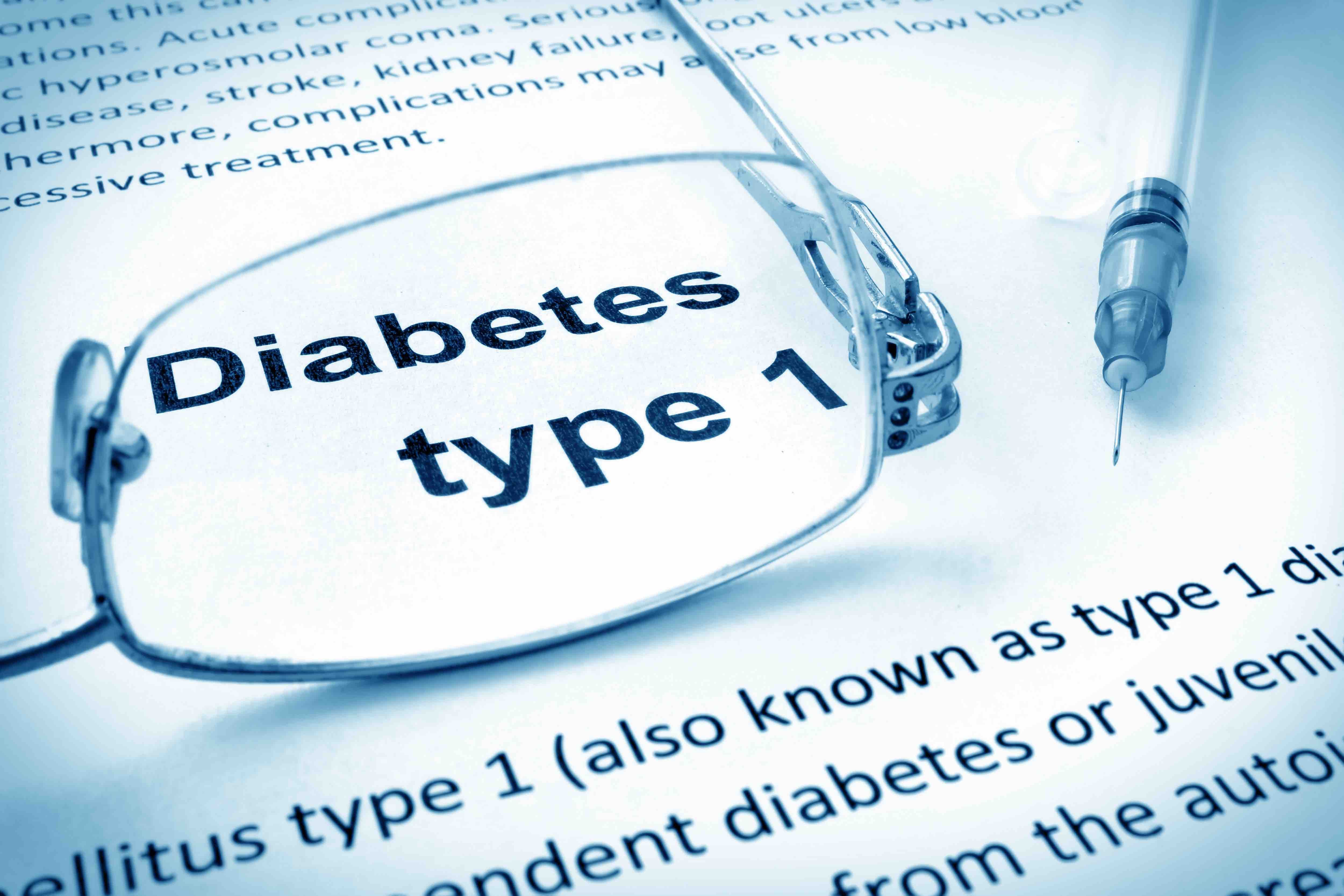News
Article
When Uncontrolled Diabetes and a Fungus Meet: Emergency Treatment of Rhino-Orbital-Cerebral Mucormycosis
Author(s):
JAMA used a case report of rhino-orbital-cerebral mucormycosis in a patient with uncontrolled diabetes to demonstrate correct and incorrect treatment choices.
A recent case report highlights rhino-orbital-cerebral mucormycosis (ROCM) in a patient with uncontrolled type 1 diabetes. While mucormycosis is rare—with an estimated 3 cases per million US individuals—among the most common presentations is in those with uncontrolled diabetes. Treating it quickly and correctly is crucial, because ROCM is a rapidly progressive infection potentially involving the brain. Its mortality rate is 25% to 62%, stated the authors, from the Yale School of Medicine.
Type 1 diabetes | Image Credit: © Vitalii Vodolazskyi - stock.adobe.com

Writing in a JAMA Clinical Challenge feature, the team described a 41-year-old man with type 1 diabetes who sought treatment for generalized weakness that had lasted for a week. One month earlier, his hemoglobin A1c level was 16.8%.
Upon arrival, his physical examination findings were normal, except for tonsillar edema, and he had no focal neurologic deficits—although his voice was muffled, his speech dysarthric, and his appearance lethargic.
A head and neck CT with contrast showed mucosal thickening of the maxillary and ethmoid sinuses, and prominence of the adenoids and palatine tonsils.
Although he began receiving intravenous fluids, insulin, vancomycin, and piperacillin-tazobactam, his temperature was even higher the next day at 102 °F than it had been upon admission.
What’s more, flexible laryngoscopy revealed necrotic tissue throughout the nasopharynx. The previous day’s flexible laryngoscopy had shown patent nasal sinuses and mucosal edema but no abscess or necrosis.
As such, it was deemed immediately necessary to perform transnasal endoscopic debridement of the maxillary, sphenoid, and ethmoid sinuses.
During surgery, the patient began receiving intravenous liposomal amphotericin B; this drug was choice A in the Clinical Challenge’s “What would you do next?” section. The authors noted that sinus mucosal samples taken during surgery grew Candida albicans in fungal cultures.
Histopathology identified numerous broad, nonseptate right-angled hyphae—the presence of which is a factor upon which mucormycosis diagnosis is based—and fruiting bodies, which are the morphologically distinctive spore-producing component of the fungus but not commonly seen, the authors said.
All forms of mucormycosis are caused by fungi—a heterogeneous group of more than 250 species, the authors noted. They explained why the other choices given as potential next options in the Challenge would not be appropriate.
Choice B—obtaining a serum (1,3)-β-D glucan level—“would not be helpful because it detects a fungal cell wall component…absent in mucormycetes.” Choice C—fluconazole—would be incorrect because it is inactive against mucormycosis-causing fungi. And possibly worst of all, choice D—steroids—would be “contraindicated…they may increase the invasiveness of nasopharyngeal mucormycosis.”
A day after surgery, repeat fiber-optic laryngoscopy showed no residual necrotic tissue. Vocal cord paralysis was present, however, so the patient soon underwent an elective tracheostomy and placement of a gastrostomy tube.
After a month’s hospitalization, he began receiving oral posaconazole to replace the liposomal amphotericin B he’d been receiving since surgery. After another month, he underwent decannulation and soon thereafter was discharged, with instructions to take oral posaconazole for another 3 months.
Most common of the rare. Of all mucormycosis presentations, ROCM is the most common (others involve such organs as the lungs, intestines, and skin). Patients with rhino-orbital-cerebral disease who have risk factors for mucormycosis need prompt evaluation and surgical debridement of all infected tissue, the authors stressed. Risk factors include not only uncontrolled diabetes but immunosuppression, high serum iron levels, prolonged neutropenia, and SARS-CoV-2 infection (especially among steroid-treated patients who develop hyperglycemia).
Patients ultimately diagnosed with ROCM may initially present with orbital swelling, facial pain, proptosis, cranial nerve palsies, headache, acute vision loss, or facial necrotic eschar.
Fortunately, this patient had no significant concerns at 1 week post discharge, other than some difficulty with phonation.
Reference
Machiavello Roman FJ, Azar MM, Trubin PA. A patient with type 1 diabetes and acute rhinosinusitis. JAMA. Published online April 17, 2024. doi:10.1001/jama.2024.0642




